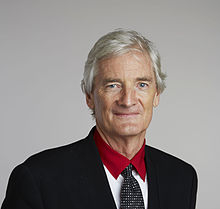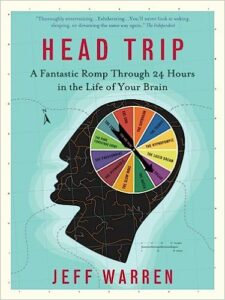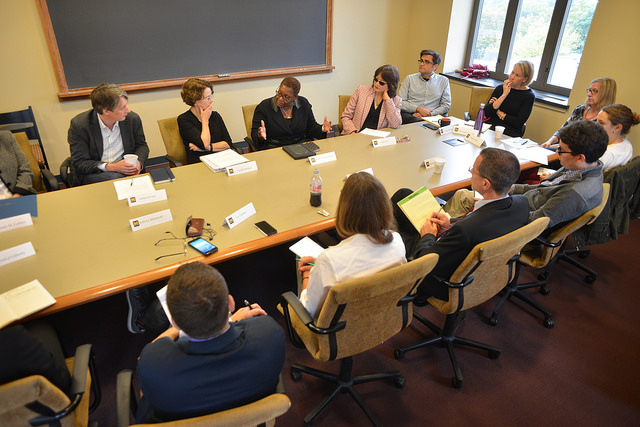“You are just as likely to solve a problem by being unconventional and determined as by being brilliant.”
—Sir James Dyson, British inventor, industrial designer, and business magnate
The Dyson company was officially formed in 1987, inspired by an experience James had with a Walmart vacuum cleaner, which blocked suction and failed to perform.
Using his skills as an engineer, he took it apart, fixed the issue and took it back to the store, vowing to develop a better product for them.
It took five years and 5,127 prototypes to perfect his idea.
EXERCISE:
In what ways could you utilize more unconventional methods and greater determined effort to resolve obstacles blocking your way?














